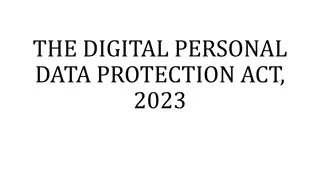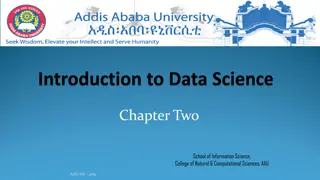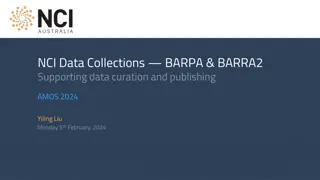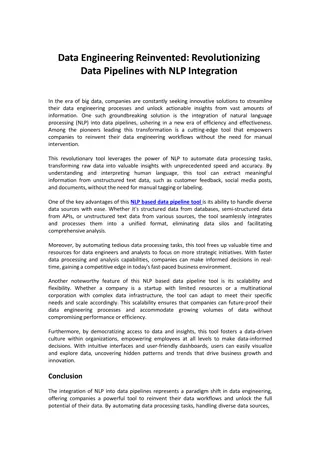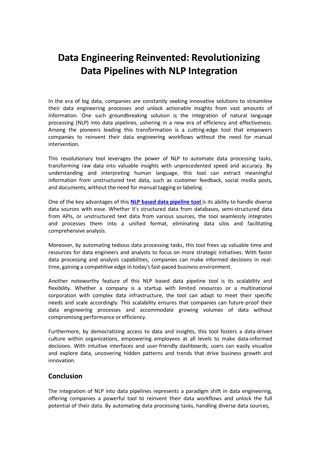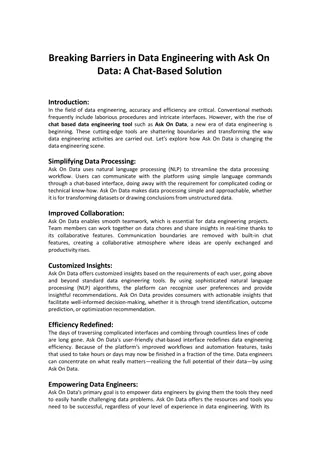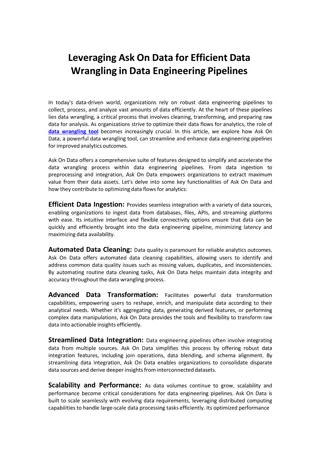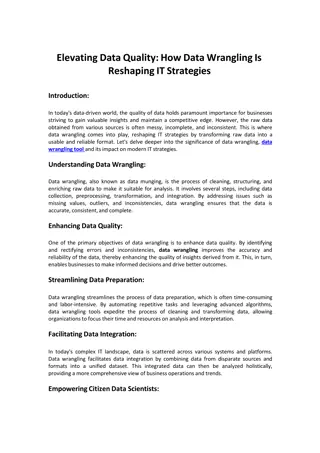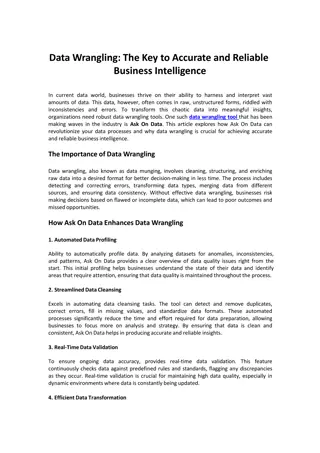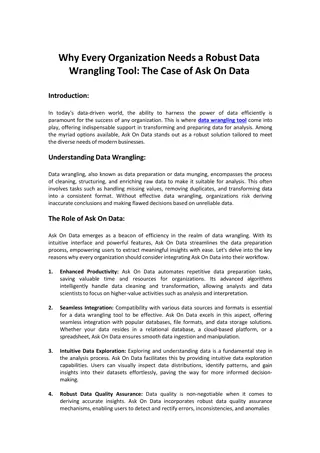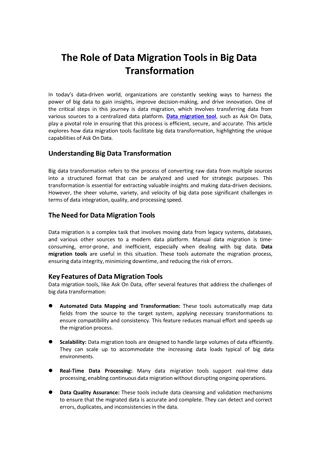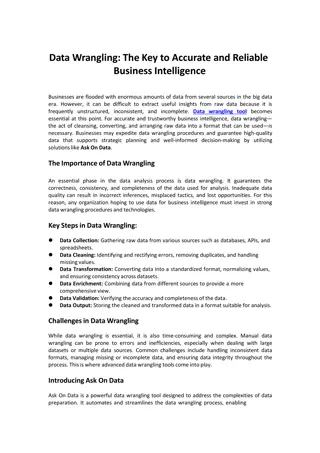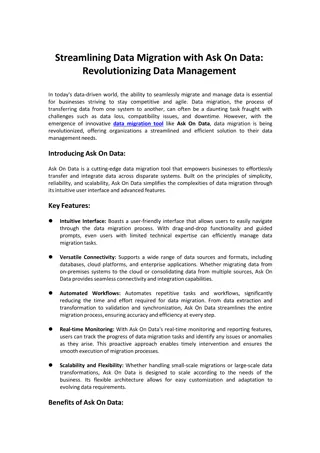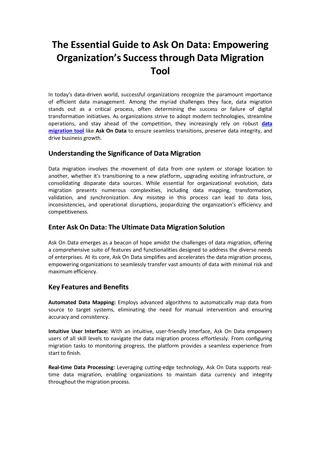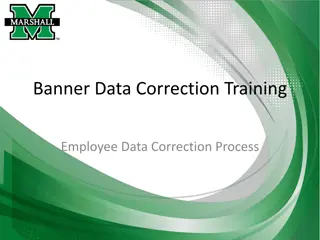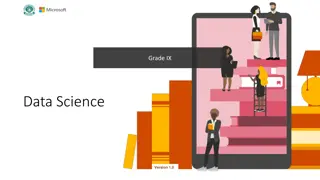
Advanced Databases and Operations Overview
Explore advanced databases, data types, operations, and temporal data concepts as taught in Dr. Nicholas Gibbins' course. Learn about numerical, spatial, multimedia data types, and conduct meaningful operations on data including comparisons, arithmetic, and more. Dive into the structured world of data with insights on ordering, temporal data analysis, and the characteristics of time.
Uploaded on | 3 Views
Download Presentation

Please find below an Image/Link to download the presentation.
The content on the website is provided AS IS for your information and personal use only. It may not be sold, licensed, or shared on other websites without obtaining consent from the author. If you encounter any issues during the download, it is possible that the publisher has removed the file from their server.
You are allowed to download the files provided on this website for personal or commercial use, subject to the condition that they are used lawfully. All files are the property of their respective owners.
The content on the website is provided AS IS for your information and personal use only. It may not be sold, licensed, or shared on other websites without obtaining consent from the author.
E N D
Presentation Transcript
Data Types COMP3211 Advanced Databases Dr Nicholas Gibbins - nmg@ecs.soton.ac.uk 2018-2019
Overview Data types and operations Temporal data Spatial data Multimedia data 3
Data Types Numeric Character Temporal Spatial Image Text Audio and Video 5
Operations on Data Comparison Arithmetic Fuzzy searches Retrieve all documents that contain a given word Find a picture that contains blue sky 6
Which operations are meaningful? Can you add two weights together? 2kg + 2kg = ? Can you multiply two weights? 2kg * 2kg = ? Can you add a weight to a quantity? 13 + 2kg = ? Can you multiply a weight by a quantity? 13 * 2 kg = ? 7
Which operations are meaningful? Can you compare two images? = 8
Which operations are meaningful? Can you add two images? + = ? 9
Further Questions Is the data ordered in any sense? Total order vs. partial order Does the order actually have any meaning, or is it just a convenience? 10
Temporal Data The dimension of time is needed to answer such questions as: What was the average price of product X during 1995? In which month did we sell the most copies of video Y? What was the treatment history for patient Z? 12
Characteristics of Time Time structure Linear Possible futures Branching time Directed acyclic graph Periodic/cyclic Boundedness of time Unbounded Time origin exists Bounded at both ends 13
Time Density: Discrete Timeline is isomorphic to the integers Integers have a total order Timeline is composed of fixed periods, termed chronons Between each pair of chronons is a finite number of other chronons 14
Time Density: Dense Timeline is isomorphic to the rational numbers Rational numbers have a partial order Between each pair of chronons is an infinite number of other chronons 15
Time Density: Continuous Timeline is isomorphic to the real numbers Real numbers have a total order Between each pair of chronons is an infinite number of other chronons 16
Characteristics of Time Granularity is important Event A occurs at 11.00am Event B occurs at 3.00pm the same day Does event A precede event B? The answer is different if Granularity is one day Granularity is one minute There is also a distinction between sequence and time 17
Storing Times in a Database Various times may be associated with an event that appears in a database We may wish to record The Valid Time of a fact when the fact is true in reality The Transaction Time of a fact when the fact is current in the database, and can be retrieved Both of these (bitemporal) 18
SQL Extensions TSQL includes: A WHEN clause (see next slide) Retrieval of timestamps Retrieval of temporally ordered information Using the TIME-SLICE clause to specify a time domain Using the GROUP BY clause for modified aggregate functions 19
TSQL WHEN Clause Format of the SELECT WHEN statement SELECT { select-list } FROM { list of relations } WHERE { where-clause } WHEN { temporal clause } Temporal comparison operators include: BEFORE/AFTER, FOLLOWS/PRECEDES DURING, EQUIVALENT, ADJACENT, OVERLAPS (compare with Allen s Interval Calculus) 20
Spatial Data Data Types include: Points Regions Boxes Quadrangles Polynomial surfaces Vectors 22
Spatial Data Operations include: Length Intersect Contains Overlaps Centre 23
Spatial Data Applications Computer Aided Design (CAD) Computer generated graphics Geographic Information Systems (GIS For these systems, the properties of interest would include: Connectivity Adjacency Order Metric relations 24
Spatial Data Characteristics In systems dealing with space: Data objects may be highly complex Data volumes may be very large Data may be held in real time Performance is not easy to achieve Access is likely to be through specialised graphical front ends; operator skills are key Query processing will not be performed using SQL 25
Textual Data Text data may be Already in machine-readable form, from a word-processor, spreadsheet or other source Read using OCR techniques Text data is essentially unstructured, and an index of some kind needs to be built By a human operator Automatically by building a inverted list of every significant word in the database 27
Textual Data Markup languages do give some structure to a document HTML is a markup language for the Web XML (and its predecessor SGML) allows a programmer to create portable documents that contain structured data Can also create new markup languages Character Large Objects (CLOBs) are now commonly supported by vendors Able to store and handle text documents in addition to standard data Provision of text search and retrieval facilities 28
Text and Documents Much data is stored in the form of text It would be very useful to be able to ask queries such as: Find all the legal documents concerning client Jones Find all the suspects with false teeth who have been interviewed Find all the articles on databases 29
Image Data Examples of still images include: X-Rays Maps Photographs These are all classified as binary large objects (BLOBs) No attached semantics 30
Image Databases An image database needs to provide support for: Image analysis and pattern recognition Image structuring and understanding Spatial reasoning and image information retrieval Mainstream DB vendors now adding Support for BLOBs Access using QBIC (Query by Image Content) 31
Audio Data Digitised sound Stored in various formats, such as WAV or MP3 Consumes large amounts of storage Compression techniques normally used MIDI (Musical Instrument Digital Interface) More compact than digitised audio Consists of a sequence of instructions: Note_On, Note_Off, Increase_Volume Interpreted by a synthesiser 32
Video Data One of the most space hungry formats of all Images stored as a sequence of frames Each frame can consume over a megabyte Frames typically played back at 24-30 fps To integrate video and audio, interleaved file structures incorporate times sequencing of audio/video playback Microsoft AVI Apple Quicktime 33

